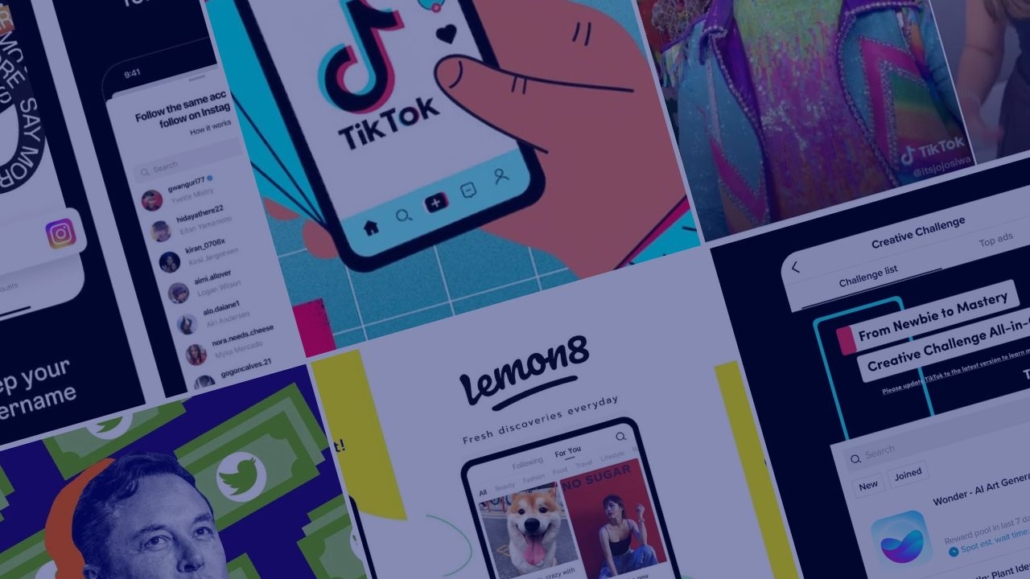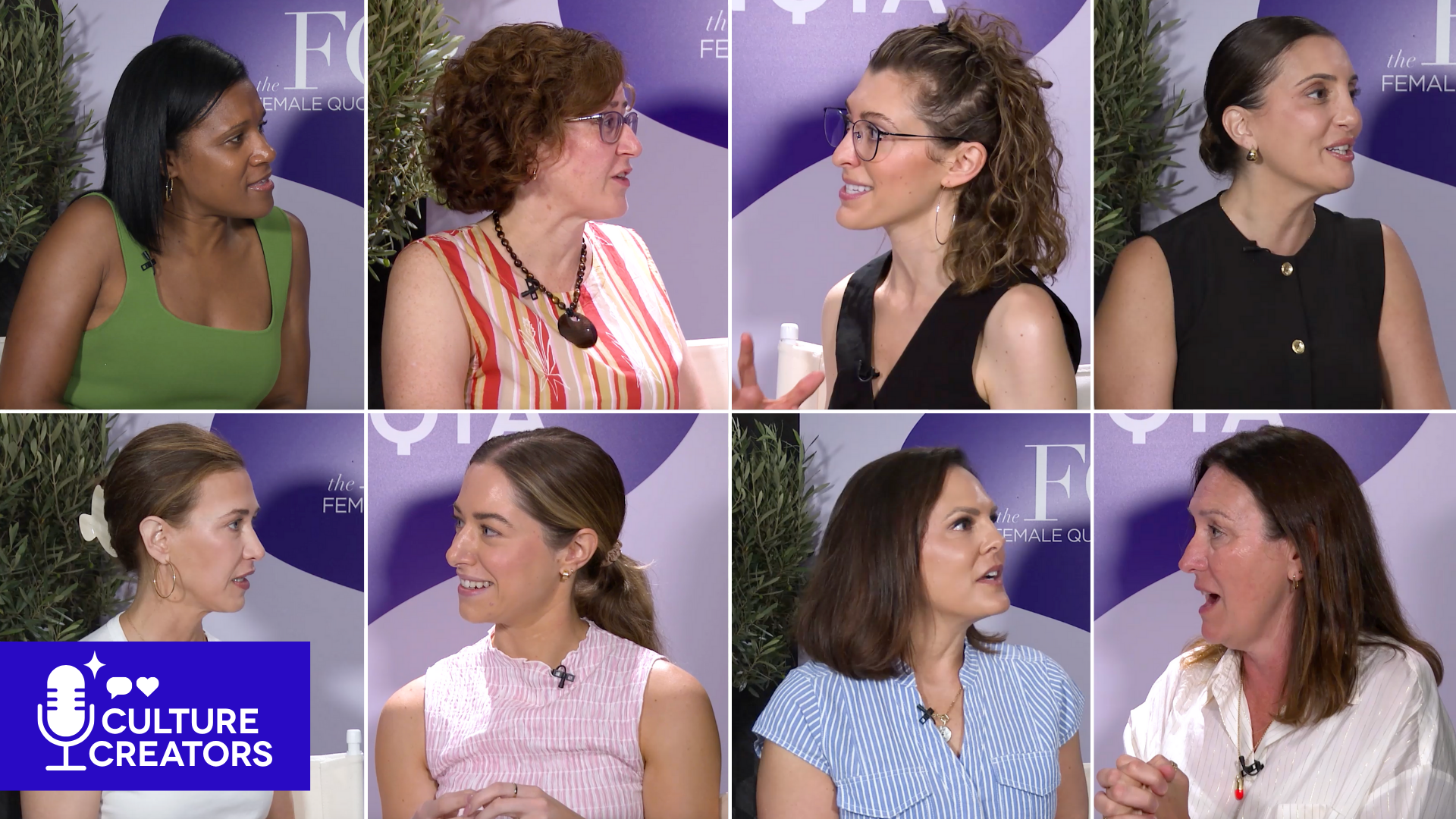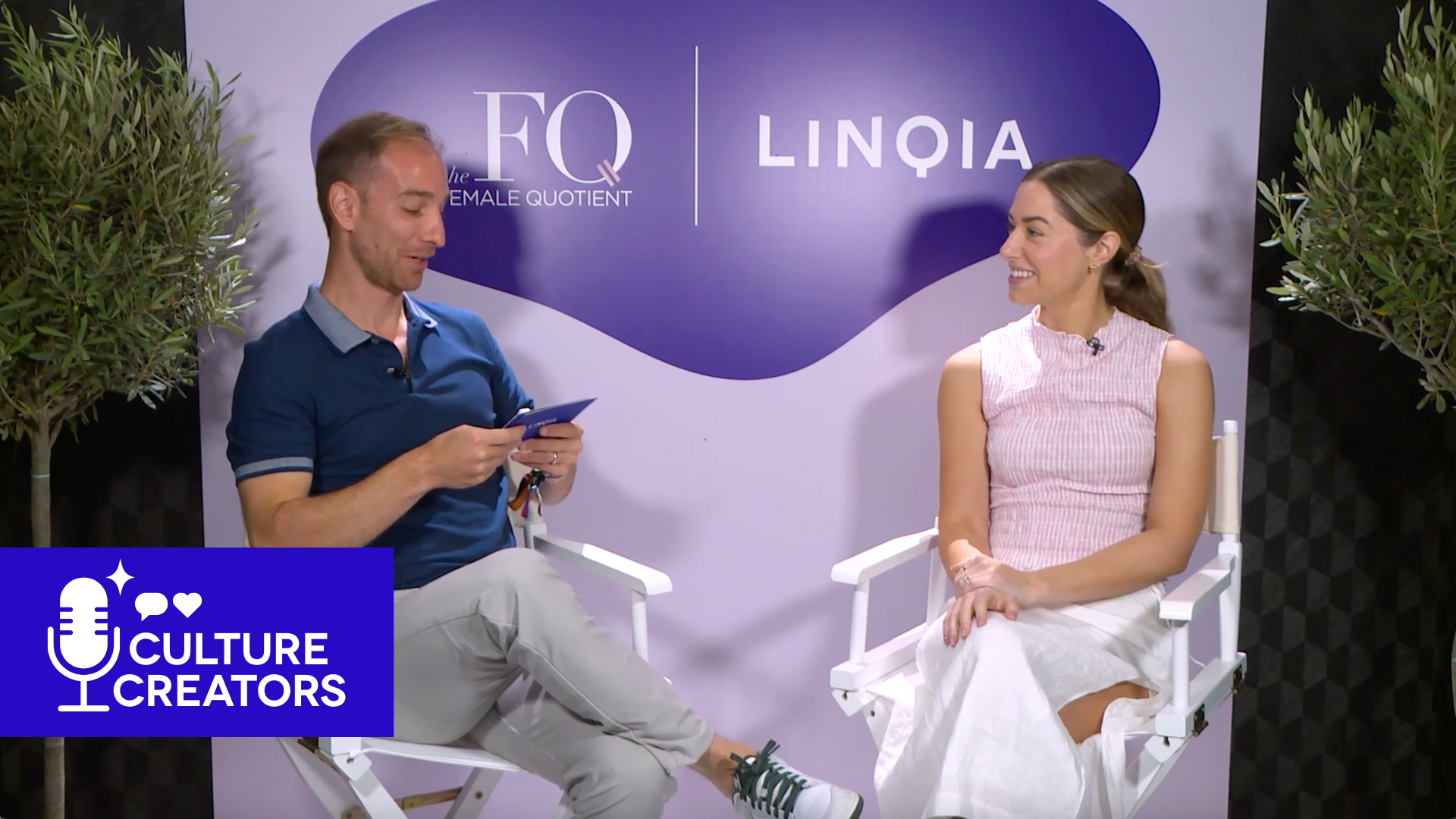The first six months of 2023 brought a slurry of activity from the top social media platforms. Let’s break down the top 5 learnings and the news stories that drove them.
Top Learnings
1. Paid social is here to stay. Twitter kicked it off with Blue Verified, and soon everyone else followed suit. Meta introduced their own Verified program, Snapchat+ is now used by over 4 million users, and Twitter has begun capping usage for not paid accounts.
- Twitter will requires all advertisers to have a verified checkmark
- TLDR: Moving forward, it sounds like anyone wanting to post an ad or promote a tweet will have to cough up $8/month for Twitter Blue, or $1,000 per month to be recognized as a verified organization. With advertisers already fleeing the platform this feels like yet another reason why they will continue to jump ship
- Meta Launches New Meta Verified Program in the US
- TLDR: Meta has officially launched their verified program in the US. Verified comes with exclusive stickers, 100 Stars a month so you can show your support for other creators, and other perks like prioritized user support. Verified costs $11.99 per month on the web and $14.99 per month on mobile
- Twitter is restricting the number of tweets users can see
- TLDR: The restrictions depend on whether or not you are a Blue Verified subscriber. The cap is 1,000 posts/day for unverified accounts, and 10,000 posts/day for verified accounts. This is the biggest step any platform has taken to a fully paid model, and it will likely backfire on Musk and the last thing you want to cap as an advertising dependent platform is the behavior that drives advertising which is time spent on app and engagement metrics.
2. Commerce is coming in all shapes and sizes. Meta pulled back (sunset live shopping and the shop button on IG), but TikTok has doubled down announcing they will open a US store and start selling their own products with their own fulfillment. It’s clear TikTok is all in on social commerce.
- TikTok opening its own online US store
- TLDR: TikTok is planning to launch an online retail store in the U.S. as soon as next month, putting it in direct competition with e-commerce platforms like Amazon, Shein, and Temu. On one hand, entering the retail industry itself might be one of the only ways for TikTok to convince more brands to join TikTok Shop. On the other, it may force US retail brands to treat TikTok more like a competitor than a partner.
- Instagram sunsets live shopping
- TLDR: Creators and brands who are livestreaming will no longer be able to tag products to sell in their broadcasts. The change does not affect other livestreaming features like the ability to set up and manage a shop on the larger Instagram platform.
3. AI is the talk of the town. Every platform introduced a host of AI tolls for users and advertisers, with a big focus on monetization.
- TikTok Adds New AI Ad Script Generator Tool in Creative Center
- TLDR: Enter in your industry vertical, product name, a description of the item, and any relevant keywords that you want to highlight or include, and select whether you want a 15-30 second or 31-60 second video. Press ‘Generate scripts’ and the system will then churn out a selection of sample video scripts to consider, each including a hook, scene, and a call to action, with both audio and visual cues to include. This is a game changer for creators to help with content ideation.
- YouTube launches A/B testing for thumbnails
- TLDR: Your YouTube thumbnail may have the greatest impact on viewership, and this is a welcomed update for creators and brands to be able to test which thumbnail is working best in a split test. Everyone is celebrating this news, although it’s currently testing the feature with “a few hundred creators,” but plans to roll out a beta version in the coming months.
4. When it comes to the TikTok Ban, the US bark may be more viscous than its bite. TikTok’s visit to Congress dominated the news cycle for weeks, with the temperament of the US skewing toward a ban. But Montana’s ban has emerged as the only legitimate threat, and not many believe it will make it to the January start without being successfully challenged.
- TikTok grilled by US lawmakers during congressional hearing
- TLDR: TikTok CEO Shou Zi Chew testified before Congress as they showered him with questions about privacy concerns and Chinese influence. It was clear the members of Congress had made up their mind before walking in the door and Chew did little to quell their fears.
- Montana Becomes 1st State to Ban TikTok
- TLDR: According to the Montana bill, platforms that offer the app on their marketplaces (Google Play Store and App Store) will be subjected to fines up to $10,000 a day for violations. The lawsuits are already starting objecting the bills legality.
5. People are hungry for new social platforms. Last year it was BeReal, earlier this year it was Lemon8, and now it’s Threads. Meta seems to have the best shot at a new platform with real challenger potential as Threads garnered over 100 million downloads in its first week. Between Threads, Mastodon and Bluesky, Twitter may be in for a rough rest of the year.
- What is Lemon8 and why is everyone talking about it on TikTok?
- TLDR: Social media influencers have described the app as if “Instagram and Pinterest had a baby”. Content created on the app usually centers around a specific topic, with top trending topics including fashion, beauty, food, wellness, and travel. Under each topic are suggestions, recommendations, get-ready-with-me style videos, and perfectly curated, aesthetically pleasing content.
- Instagram’s Threads surpasses 100 million users
- TLDR: Threads is officially the most downloaded app in history in its first week. It was the quickest to reach 100 million users, and now the attention will be on how many users stay engaged. We are betting it won’t be nearly as many, but this was a more successful launch than anyone could have imagined.
Honorable Mention
From ad revenue sharing to the rise of de-influencing to a new SAG influencer agreement, these stories get honorable mention for the biggest social media news in H1
SAG-AFTRA Approves New Influencer Agreement
- TLDR: The new influencer agreement allows anyone who is paid to advertise products via their individual social media platforms to be covered by the union. Previously the union covered advertising done by YouTubers, but now it will cover advertising work across all social media platforms, including Instagram, Facebook, Twitch, and TikTok. This is good or bad news depending on who you talk to, brands certainly are not excited to work with even more SAG talent.
Twitter will share ad revenue with creators, but only those who pay for Twitter Blue
- TLDR: Ad revenue-sharing is new for Twitter, and will help the platform compete withYouTube, Instagram, and TikTok, which have systems for paying creators directly, either through funds or ad splits. But the requirement to have Twitter Blue is an interesting twist, and one that we will need to wait and see how creators respond.
Instagram launches broadcast channels
- TLDR: Broadcast channels are a public one-to-many messaging tool that creators can invite all of their followers into to share text, video and photo updates. Only creators can send messages in broadcast channels, while followers can react to content and vote in polls.
- TLDR: Influencers are telling audiences what not to buy, and these #Deinfluencing videos have racked up over 200 million views on TikTok. Similar to Amazon reviews, influencers are recognizing that they need a balance of the good and the bad to build credibility with audiences.
TikTok launches ‘Series’, allowing creators to charge for premium content
- TLDR: Each individual Series can include up to 80 videos, each up to 20 minutes long. Creators can choose the price for their Series, and the content can be purchased directly in-video links or via a creator’s profile page. For a limited time, creators will receive 100% of their Series earnings (after platform and processing fees). It’s unclear what the revenue split may be in the longer term.
TikTok’s Secret UGC Program Pays Creators Thousands
- TLDR: Creators are making UGC ads for brands as part of TikTok’s “Creative Challenge” beta, with some creators reporting making up to $34,000 a month by producing UGC for brands like Uber, Eats, Zynga, Alibaba and TikTok. Creators can allegedly participate in up to 30 UGC ads a week, and payment is based on the ad spend for up to six months.




